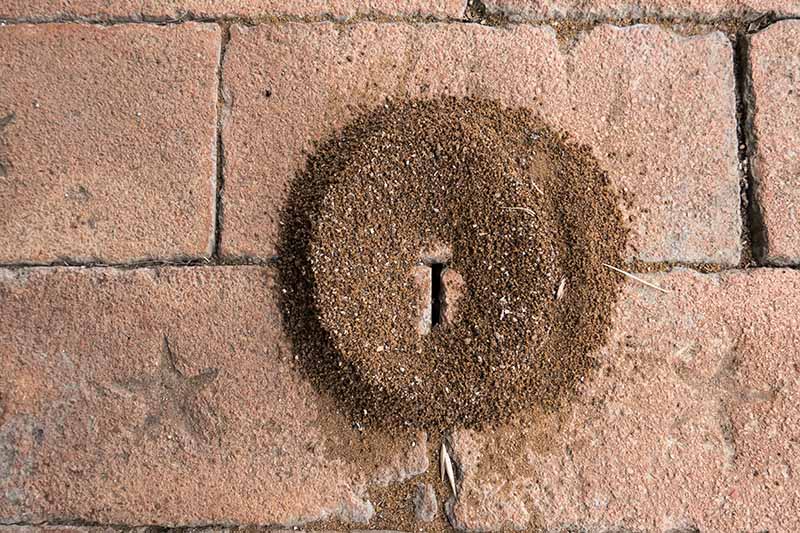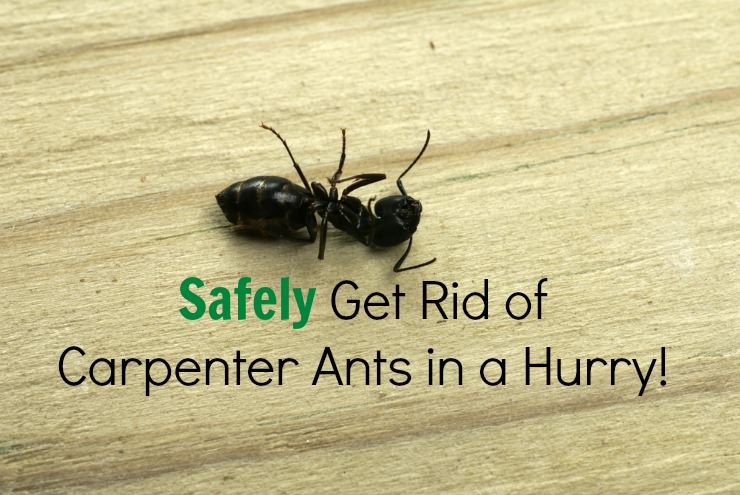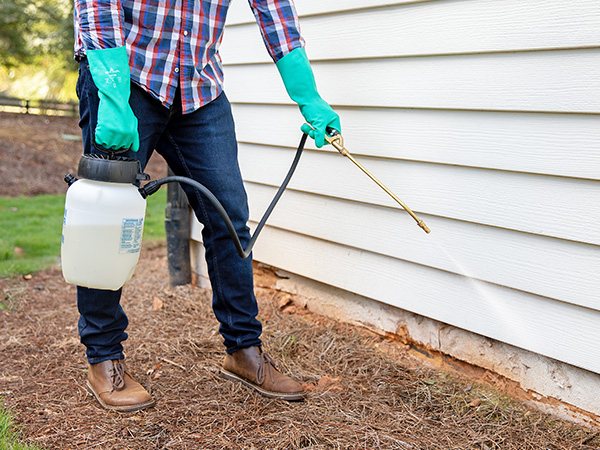Why Ants are Attracted to Pavers and How to Identify the Problem
Ants are drawn to pavers for three primary reasons: food sources, moisture, and shelter. Crumbs, spills, and other organic matter can accumulate in the small crevices between pavers, providing a feast for ants. Additionally, pavers can retain moisture, creating an ideal environment for ants to thrive. The small cracks and crevices also offer ants a safe haven to build their colonies.
To identify an ant infestation in pavers, look for common signs such as trails of ants marching in a line, small mounds of dirt or debris, or rustling sounds coming from beneath the pavers. Ants can also leave behind a sweet, musty odor that can be detected near the infested area. If you notice any of these signs, it’s essential to take action to learn how to get rid of ants in pavers before they spread and cause further damage. By understanding the reasons behind ant infestations and recognizing the signs, you can develop an effective strategy to eliminate these unwanted guests from your pavers.
Sealing the Deal: How to Prevent Ants from Entering Pavers
Sealing pavers is a crucial step in preventing ants from entering and infesting the area. By creating a barrier between the pavers and the underlying soil, sealants can effectively block ants from marching in. When choosing a sealant, consider the type of paver material, climate, and level of foot traffic. Look for products specifically designed for paver sealing and follow the manufacturer’s instructions for application.
Before applying the sealant, prepare the surface by thoroughly cleaning the pavers and allowing them to dry completely. Remove any debris, dirt, or weeds that may be growing between the pavers. This will ensure a strong bond between the sealant and the paver surface. Apply the sealant according to the product’s instructions, taking care to cover the entire area evenly. Regular reapplication may be necessary to maintain the effectiveness of the sealant.
By sealing pavers, homeowners can significantly reduce the likelihood of ant infestations and learn how to get rid of ants in pavers. This proactive approach can save time and money in the long run by preventing damage to the pavers and surrounding structures. Additionally, sealing pavers can enhance their appearance, making them look like new for years to come.
Natural Deterrents: How to Repel Ants from Pavers without Chemicals
For those who prefer a more natural approach to ant control, there are several effective methods to repel ants from pavers without using chemicals. One popular option is the use of essential oils, such as peppermint, tea tree, and lavender, which can be applied directly to the pavers or mixed with water and sprayed around the perimeter. These oils can disrupt the ants’ scent trails, making it difficult for them to navigate and communicate.
Another natural deterrent is cinnamon, which can be sprinkled along the edges of the pavers or around ant trails. Ants detest the smell of cinnamon and will avoid areas where it is present. Cayenne pepper is also an effective natural repellent, as its capsaicin content can irritate ants’ exoskeletons and deter them from entering the area.
Diatomaceous earth, a powder made from the fossilized remains of tiny aquatic organisms, is another natural substance that can be used to repel ants. This powder works by dehydrating the ants, causing them to die. Simply sprinkle it around the perimeter of the pavers and along ant trails to create a barrier that ants won’t want to cross. By using these natural deterrents, homeowners can learn how to get rid of ants in pavers without exposing themselves, pets, or the environment to harsh chemicals.
Chemical Control: When to Use Insecticides and How to Apply Them Safely
In some cases, natural deterrents and organic baits may not be enough to eliminate an ant infestation in pavers. In these situations, chemical control may be necessary. Insecticides can be an effective solution for getting rid of ants in pavers, but it’s essential to use them safely and responsibly. Before turning to chemical control, it’s crucial to identify the type of ant and the severity of the infestation to choose the right product.
When selecting an insecticide, look for products specifically labeled for ant control and follow the instructions carefully. Always read the label and take note of any precautions or warnings. It’s also important to choose a product that is safe for use around pets and children. Some popular insecticides for ant control include pyrethrin, permethrin, and bifenthrin.
When applying insecticides, it’s essential to follow the instructions and take necessary safety precautions. Wear protective clothing, including long sleeves, pants, and gloves, and avoid applying insecticides on windy or rainy days. Apply the insecticide directly to the affected areas, such as ant trails and mounds, and avoid spraying entire paver surfaces. By using insecticides responsibly and safely, homeowners can effectively learn how to get rid of ants in pavers and prevent future infestations.
Organic Baits: A Targeted Approach to Eliminating Ant Colonies
When it comes to getting rid of ants in pavers, organic baits can be a highly effective solution. These targeted treatments work by using a slow-acting poison that allows ants to return to their colonies and share the bait with their fellow ants, ultimately eliminating the entire colony. Organic baits are a popular choice for ant control because they are environmentally friendly and can be used in conjunction with other methods, such as natural deterrents and perimeter treatment.
To choose the right organic bait, look for products that contain ingredients like boric acid, fipronil, or hydramethylnon. These active ingredients are toxic to ants but relatively safe for humans and pets. When placing organic baits, it’s essential to follow the manufacturer’s instructions and target areas where ants are most active, such as near food sources or along ant trails. By using organic baits strategically, homeowners can effectively eliminate ant colonies and learn how to get rid of ants in pavers for good.
Some popular organic bait options include gel baits, granular baits, and bait stations. Gel baits are ideal for cracks and crevices, while granular baits are better suited for larger areas. Bait stations, on the other hand, provide a convenient and mess-free way to target ant colonies. Regardless of the type of bait chosen, it’s crucial to place them in areas where ants are most active and to follow up with regular monitoring to ensure the bait is working effectively.
Perimeter Treatment: How to Create a Barrier against Ants
Creating a barrier around pavers is a crucial step in preventing ants from entering and infesting the area. Perimeter treatment involves applying a treatment around the edges of pavers to create a barrier that ants cannot cross. This method is particularly effective when used in conjunction with other ant control methods, such as natural deterrents and organic baits.
There are several ways to create an effective perimeter treatment. One option is to use natural methods, such as diatomaceous earth or cinnamon, to create a barrier around pavers. These natural substances can be applied around the edges of pavers and will deter ants from crossing the barrier. Another option is to use chemical insecticides, such as pyrethrin or permethrin, to create a barrier. These insecticides can be applied around the edges of pavers and will kill ants that attempt to cross the barrier.
When creating a perimeter treatment, it’s essential to ensure that the treatment is applied consistently and thoroughly around the edges of pavers. This will help to prevent ants from finding gaps in the barrier and entering the pavers. Homeowners can also use physical barriers, such as copper tape or ant barriers, to create a barrier around pavers. These physical barriers can be an effective way to prevent ants from entering pavers and can be used in conjunction with other ant control methods.
By creating a perimeter treatment, homeowners can effectively learn how to get rid of ants in pavers and prevent future infestations. This method is particularly effective when used in conjunction with other ant control methods, such as natural deterrents and organic baits. By combining multiple methods, homeowners can create a comprehensive ant control strategy that will keep ants out of their pavers for good.
Combination Therapy: How to Use Multiple Methods for Maximum Effect
When it comes to getting rid of ants in pavers, using a single method may not be enough to completely eliminate the problem. This is where combination therapy comes in – a strategy that involves using multiple methods in conjunction with each other to achieve maximum effect. By combining natural deterrents, chemical control, and organic baits, homeowners can create a comprehensive ant control strategy that targets ants from multiple angles.
One effective combination strategy is to use natural deterrents, such as cinnamon or cayenne pepper, to repel ants from pavers, while also using organic baits to target ant colonies. This approach can be particularly effective in areas where ants are entering pavers through cracks and crevices. By repelling ants from the surface and targeting their colonies, homeowners can create a powerful one-two punch against ant infestations.
Another combination strategy is to use chemical control methods, such as insecticides, in conjunction with perimeter treatment. By creating a barrier around pavers using insecticides and then applying a perimeter treatment, homeowners can prevent ants from entering pavers and target any ants that may have already entered. This approach can be particularly effective in areas where ants are entering pavers through the soil.
When using combination therapy, it’s essential to carefully plan and execute the strategy. Homeowners should start by identifying the source of the ant infestation and then choose the most effective methods to target the problem. By combining multiple methods, homeowners can learn how to get rid of ants in pavers and prevent future infestations. With a little creativity and persistence, it’s possible to create a comprehensive ant control strategy that keeps ants out of pavers for good.
Maintenance and Monitoring: How to Keep Ants Out of Your Pavers for Good
To ensure that ants do not return to pavers, it’s essential to maintain a regular maintenance and monitoring schedule. This involves regularly inspecting pavers for signs of ant activity, maintaining cleanliness, and adjusting control methods as needed. By staying proactive, homeowners can prevent ant re-infestations and keep their pavers ant-free.
One of the most effective ways to maintain ant-free pavers is to regularly inspect them for signs of ant activity. This can be done by looking for trails, mounds, and rustling sounds, which are all common signs of ant infestations. By catching ant infestations early, homeowners can take swift action to eliminate the problem before it gets out of hand.
In addition to regular inspections, maintaining cleanliness is also crucial in preventing ant re-infestations. This involves regularly sweeping and cleaning pavers to remove crumbs, spills, and other food sources that may attract ants. By keeping pavers clean, homeowners can reduce the likelihood of ants returning to the area.
Another important aspect of maintenance and monitoring is adjusting control methods as needed. This may involve switching to a different type of natural deterrent or insecticide, or adjusting the frequency of applications. By staying flexible and adapting to changing circumstances, homeowners can ensure that their ant control methods remain effective.
By following these tips, homeowners can learn how to get rid of ants in pavers and keep them out for good. With a little persistence and creativity, it’s possible to create a comprehensive ant control strategy that targets ants from multiple angles and prevents re-infestations. By staying proactive and maintaining a regular maintenance and monitoring schedule, homeowners can enjoy ant-free pavers for years to come.








